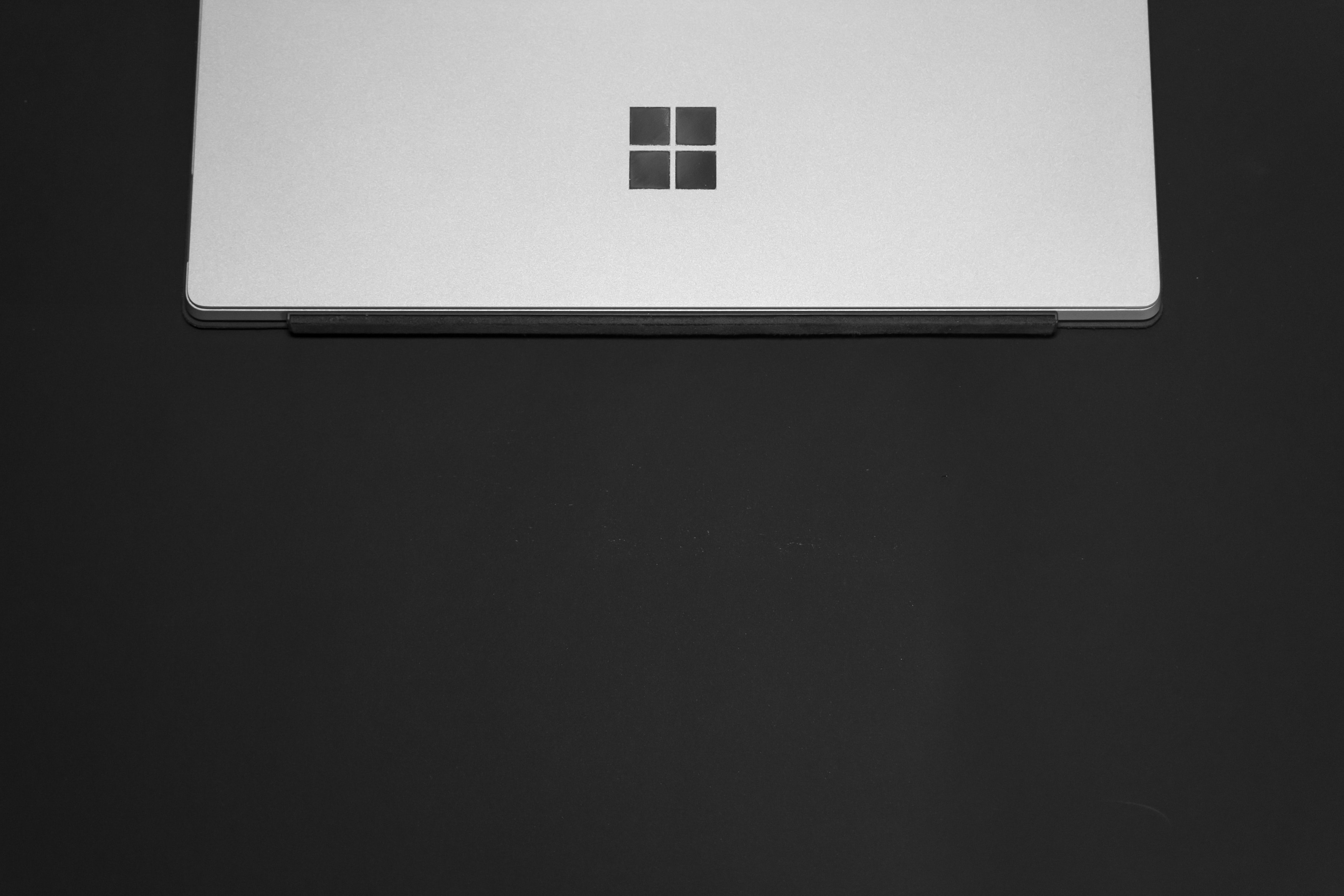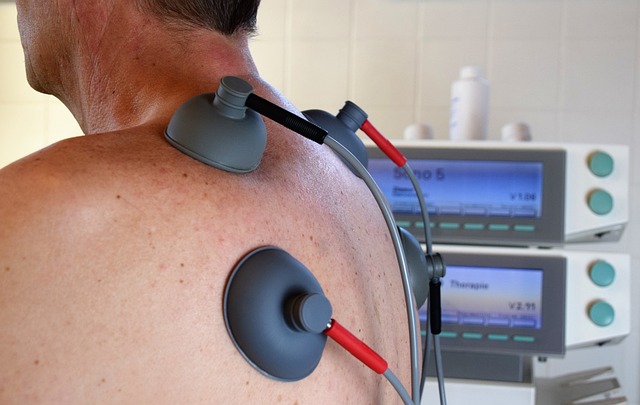Will Microsoft design the blueprints for the future of digitally-facilitated healthcare? The answer seems likely — but for once, the tech company won’t be able to accomplish its lofty goals alone.
At the close of October, Microsoft and the health insurance giant Humana forged a strategic partnership. Over the next seven years, the partners will adapt Microsoft’s cutting-edge AI, cloud, and collaboration tools to the healthcare sector’s needs. Ultimately, they hope that the products they design will improve health outcomes and make care experiences more intuitive for patients.
As one representative for Microsoft writes in a press release, “Using the power of Microsoft’s Azure cloud, Azure AI, and Microsoft 365 collaboration technologies, as well as interoperability standards like FHIR®, Humana will develop predictive solutions and intelligent automation to improve its members’ care by providing care teams with real-time access to information through a secure and trusted cloud platform.”
It’s an ambitious goal, to be sure, but the collaboration reflects more than ambition alone. Humana’s partnership with Microsoft also reflects a race against the clock — and a real concern that the digitally-facilitated solutions we have today won’t pass muster soon.
The Humana-Microsoft deal comes at the cusp of a Baby Boomer retirement flood. Pew Research estimates that by 2030, a full 18% of the American population will be 65 or older. Humana, which implements and offers a variety of Medicare Advantage plans, will soon be partly responsible for managing the influx of seniors as they seek out healthcare. If the system is inefficient, Humana may find itself struggling to provide the resources that its older enrollees require.
Dr. Greg Moore, corporate vice president of health technology and alliances at Microsoft, sees the matter in another light. In a recent article, Moore commented: “With an estimated 10,000 people joining the Medicare system daily, we have a tremendous opportunity to address the growing demands on the health care system by improving health outcomes and lowering costs.”
Microsoft and Humana’s work is for Humana’s benefit, yes — but it also serves the American health sector as a whole. If the pair can find a way to link Microsoft’s cutting-edge tools into a cohesive foundation for digitally-facilitated care, they may be able to not only handle the Boomer wave, but also provide a new vision for the future of tech-supported healthcare.
The healthcare sector is in dire need of such cohesion. Consider the role that fax machines — a technology ostensibly outmoded in the 2000s — still plays in doctors’ offices today. Providers use the clunky tools to securely transmit patient health data between hospitals and health systems because their comparably advanced EHR systems are not interoperable.
This small administrative inefficiency is one example among many. When stacked, they pose a significant drain on providers’ time, resources, and ability to be productive at work. According to one 2017 study published in Academic Medicine, administrative work burdens can have a significant impact on a physician’s ability to deliver high-quality care, feel satisfied in their career, and work without burning out.
Patients and providers alike require better support from their digital tools. The Microsoft/Humana collaboration may be vital to delivering a cohesive suite of solutions that can provide that support — if, of course, the pair can deliver on their intentions.
Microsoft and Humana will work to achieve several goals over the next seven years. For one, they will work to adapt Microsoft Teams into an interoperable system for coordinating patient care. Humana employees will be able to securely access, manage, and share patient information as needed, as well as communicate via voice or chat with health care providers and payers to improve patient experiences. The partners will also adapt Microsoft’s natural language processing systems to health care administrators’ needs. They hope that by doing so, they will be able to optimize administrative and clinical workflows.
Then, of course, is the most-publicized and perhaps most apparent goal: to improve care for Humana’s enrollees. The tools that Microsoft offers, the company writes, will “empower doctors to deliver personalized, proactive health care by providing a holistic view of their patients, ensuring preventive care, keeping up with medication schedules and refills, and offering perspective on social barriers to health, such as food insecurity, loneliness, and social isolation.”
The potential for positive change is enormous.
However, we need to look at the collaborator’s plan not as a stop-gap measure that allows Humana to handle an influx of seniors, but as a potential blueprint for how all health systems will approach patient care in the future. If this deal goes well, it seems reasonable to posit that the unified, cohesive approach that the pair promise will become the baseline — and the expectation — for all health systems as we move forward.







